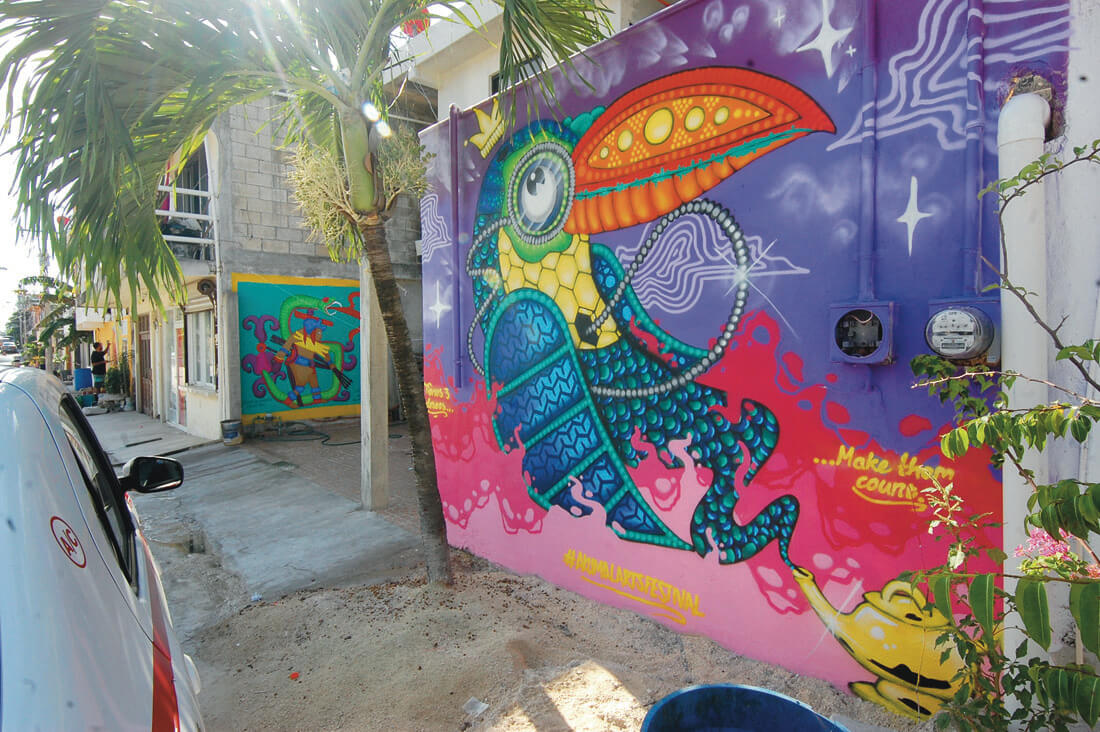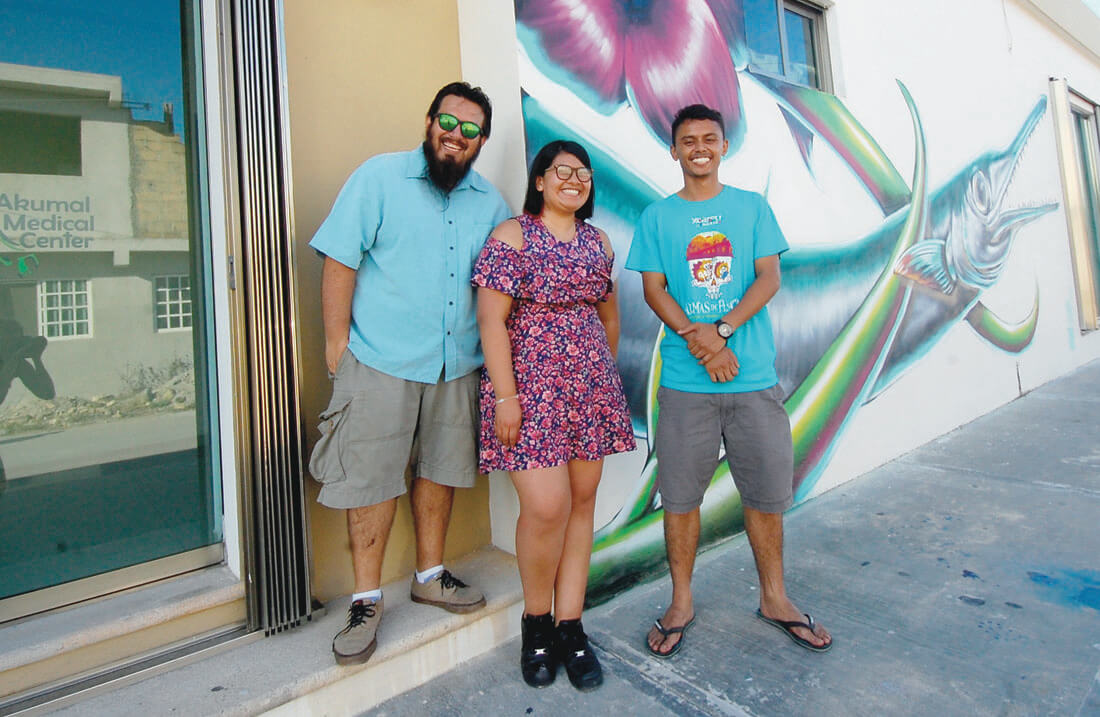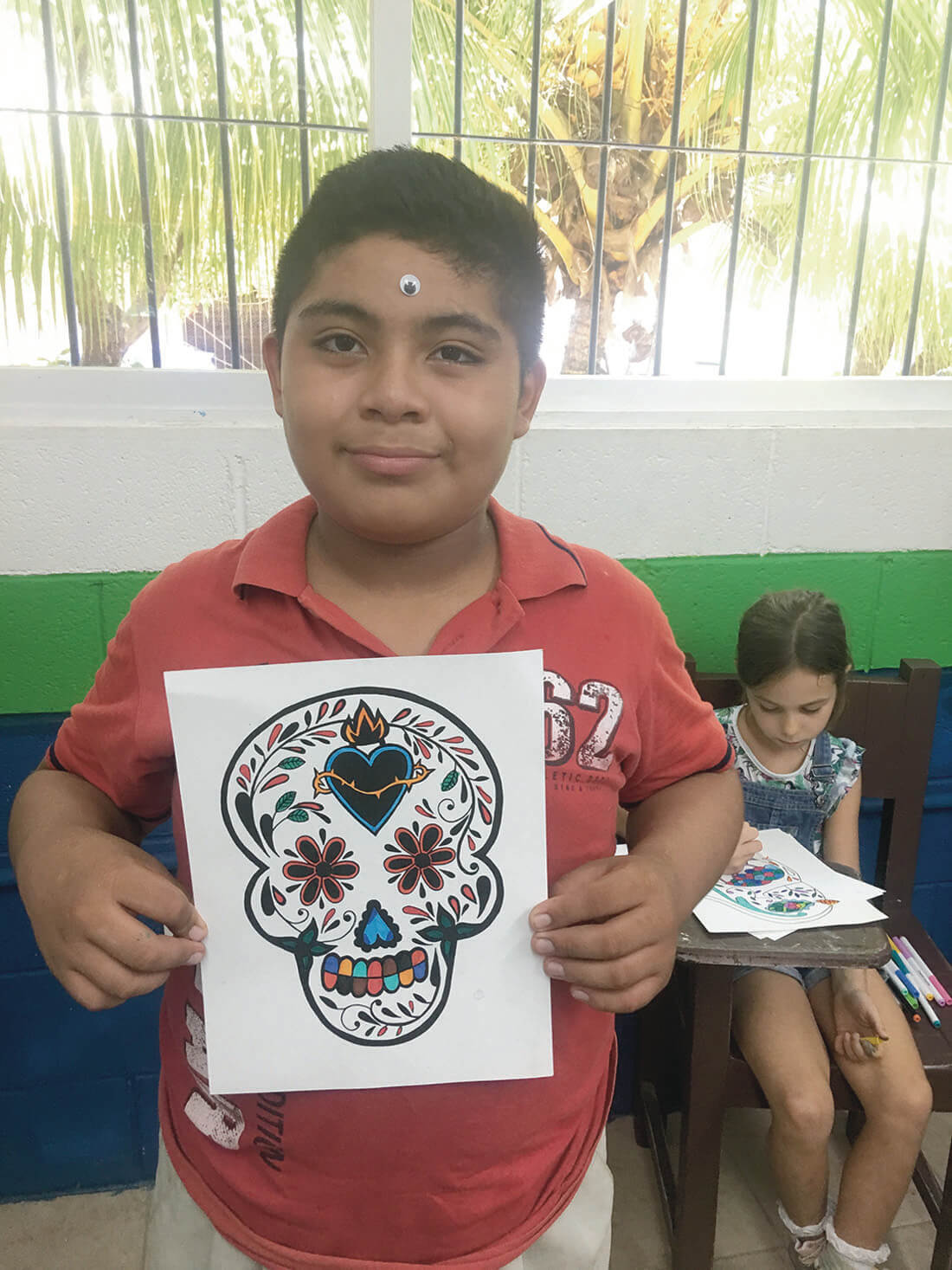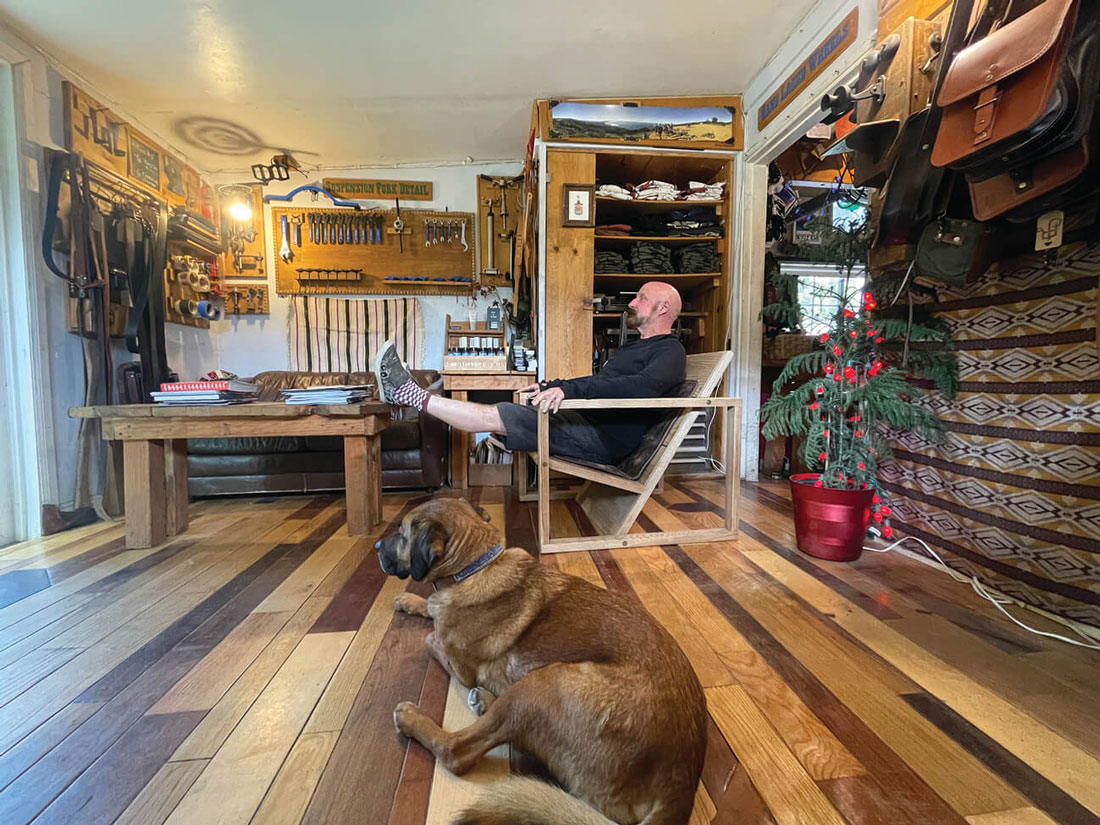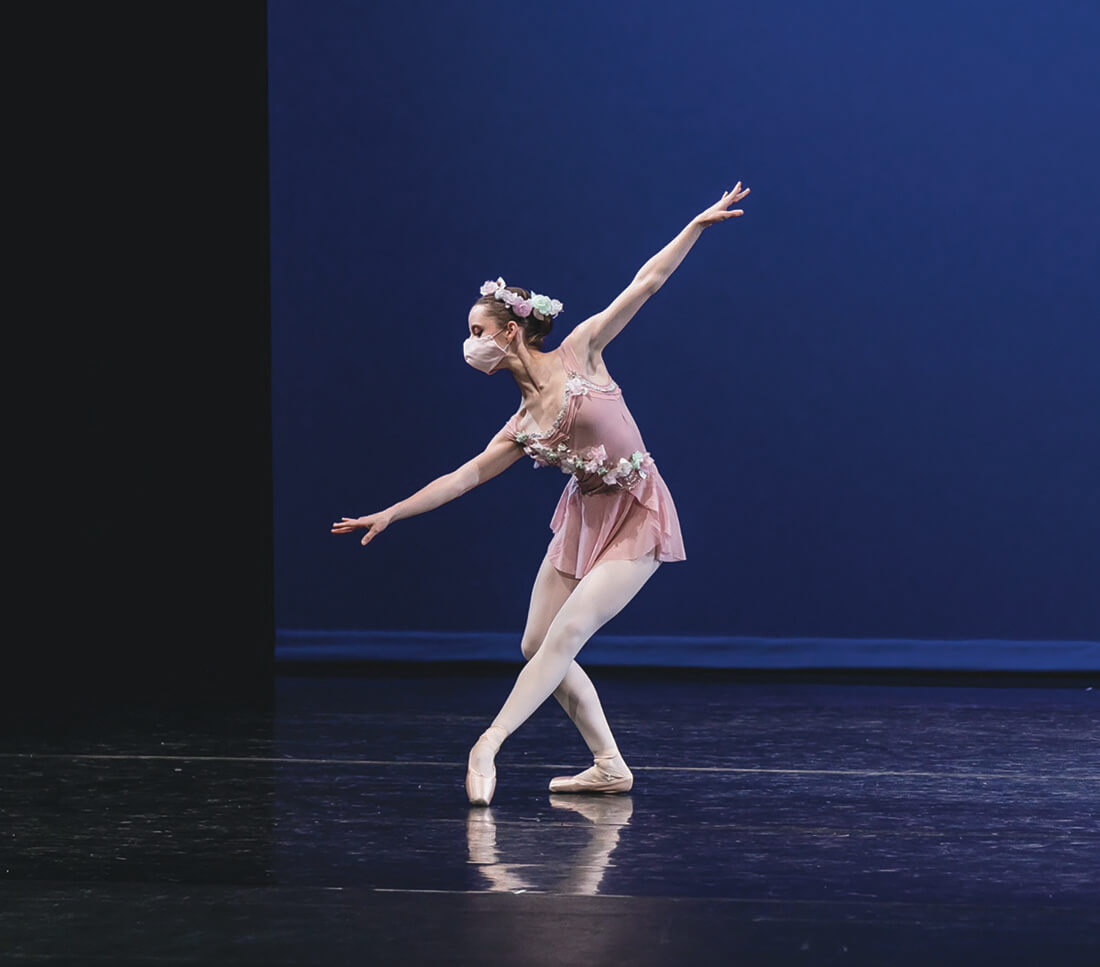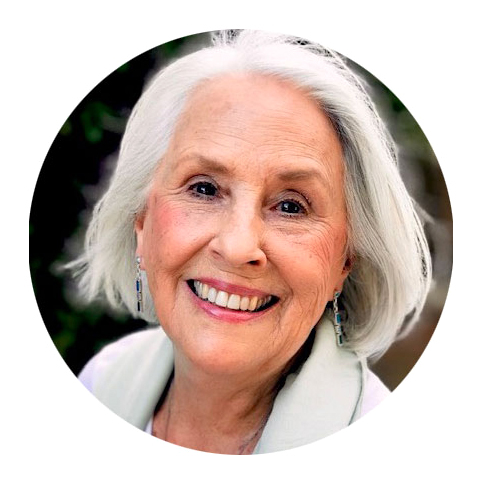Art Integrates Life in Akumal
During the last week of January, the fourth Akumal Arts Festival will welcome approximately 100 artists from 13 countries to paint murals in this tight-knit community on Mexico’s Yucatan Peninsula. Mural festivals are held in many places around the world, often in specially designated commercial, industrial, or arts districts. In Akumal, invited artists, selected through an “open call” application process, will paint concrete walls of homes, schools, businesses, the medical clinic and police station, even the ball court. Most prominently, they will paint the largest walls located on the bridge over Federal Highway 307 that runs from Cancun to the border with Belize.
Although many of the visiting artists started out as graffiti artists, often deemed by society as subversives, vandals, and, at worst, criminals, their work in the festival will be carried out in daylight and embraced by the community. Roughly 2,000 people live in Akumal, in the state of Quintana Roo, where tourism has spawned the proliferation of mega-resorts that pamper humans to a degree that tortures the natural environment and its inhabitants. A marine refuge in Akumal Bay for the endangered green sea turtle helps keep this small town small, while encouraging ecotourism, but the larger economic pressures are real.
Getting creative about finding balance within humanity and the larger web of life requires practice...intentional practice. Integrating art into the core of civic life—education, commerce, justice, public health and safety, parks and recreation, and community empowerment—is one way that relies on radical trust. Radical trust with a global, nomadic tribe of highly skilled artists and with each other.
I had the opportunity to experience this extraordinary festival in 2018, its first year, when I was invited by my longtime arts and culture colleague and Akumal Festival co-producer, Marti Johnston. Experiencing more than 25 years in this arena, I’ve seen and/or participated in many different models for integrating art and artists into communities but I’d never experienced a top-to-bottom, soup-to-nuts, A-to-Z community engagement phenomenon built around art that ripples out positive impacts like pebbles dropped in a pool.
Four years and three festivals later, Marti invited me back to see what changes had occurred and suggested that I tell a story in the form of a documentary film. I loved the idea and saw it as an extension of our working process at the Centers for Research on Creativity (CROC), which had a second-floor office for many years in Pine Tree Circle. The difference is that rather than the deliverable being a written report, it will be a creative product, a film. I asked Marti what point of reference could provide the broadest and most meaningful context. She immediately replied, “creative placemaking.”
I wasn’t familiar with the phrase, yet it resonated with what I observed and heard from people during the first Festival. Digging deeper, I learned that the phrase has been in use since the 1960s. The National Endowment for the Arts defines the practice: “Creative placemaking integrates arts, culture, and design activities into efforts that strengthen communities. Creative placemaking requires partnership across sectors, deeply engages the community, involves artists, designers, and culture bearers, and helps to advance local economic, physical, and/or social change, ultimately laying the groundwork for systems change.”
The first creative placemaking act in Akumal was a conversation between a civic leader and a business owner. Similar to Topanga, Akumal is unincorporated. It exists within the Tulum Municipality, one of eleven municipalities within Quintana Roo. The mayor, or delgado is a governmental representative elected by citizens, who advocates for funding for public services such as utilities, street lighting, traffic control, parks and public gardens maintenance, and management of cemeteries.
The mayor in 2018 was Romel Iran Beltran Chan, or Iran for short, a native Akumalian and one of the longest standing residents. The business owner is Jennifer Smith, whose Turtle Bay Cafe & Bakery is located on the playa. She employs dozens of people from the pueblo who have to cross Highway 307 on foot to get to work. Her question for the mayor was, “How could the town get more light on the bridge to ensure safety?”
Instead of a straightforward, practical solution, they began to brainstorm. Brainstorming led to the thought of beautifying the bridge, which led to the idea of beautifying the town, which began to unify the town, which motivated Jen to assemble a producing team to manifest the festival. They began to reach out to the community—would people welcome artists painting murals on their homes? Turns out they did. And they were willing to volunteer and engage directly in programming.
I do know that Akumal Arts Festival gives residents a sense of pride in their unique identity. This was particularly evident after the 2018 Festival, when several murals on the bridge were tagged, or defaced. Most of the artists had already left the country. So the community united to repair the damage with painstaking brush strokes and spray paint.
Other changes motivated by the Festival that I saw take place in 2018, include the municipal purchase of playground equipment and lights for the local central park. Children who had no arts curriculum in school became engaged in project-based learning by painting more than 1,000 flags, which were hung in the parks and civic spaces. The spray paint cans were not thrown into the refuse stream, but recycled for children to use to make their own art; the community center that had been closed indefinitely reopened its doors. Festival artists provided workshops for children and adults, such as mask making and coloring, and others in practical creativity, such as generating electricity from commonly sourced materials repurposed as crude batteries. And...Turtle Bay Cafe & Bakery stopped using styrofoam.
These types of actions strengthen the web of life in Akumal and prepare this generation and the next to adapt to think and act creatively, i.e., generate many divergent ideas and to try new things. Cultivating these qualities and skills are essential building blocks to adapt to the changes that are currently happening in the region due to the climate crisis. Within the next few years, significant sea level rise is anticipated. Considering that the land is mostly flat, the impacts will be widespread, sustained, and endured by people, plants, animals and creatures on land, in the sea and in the sky. Cultivating creative actions and responses to systems that are in accelerated change is not only enriching, it is sustaining.
Akumal isn’t the only community to activate its core for transformative change. Another example is the Flint Public Art Project in Flint, Michigan, which became famous as the home of General Motors and infamous as the city north of Detroit with poisoned drinking water. That label marked the town as dysfunctional and haunted its residents, until a handful came together across sectors to show that there was more to Flint than attention-grabbing headlines. As the work continues to clean up the city’s failed system of pipes, an all volunteer group reclaims the fullness of the city’s identity by inviting artists into the process to paint murals and engage in the resulting actions that keep the project vital and relevant.
Medellin, Colombia, the favela Communa 13, once known as that city’s most dangerous place, transformed itself through vibrant murals, street art, and the inclusion of modern modes of transportation, inspired by the influx of art that created a local economy that did not exist before. Telling the stories of places that could have easily succumbed to apathy but chose a more creative path, is a way to inspire people to more deeply appreciate the complex beauty of our extraordinary world and to act on its behalf. That’s why I’m making this film.
Akumal-based artists Rory Eade (@rory_eade_art) and Jake Klone (@klonism) transform concrete walls into vibrant murals awash in color, symbolism, and mesmerizing details. Eade’s mural (background) portrays the Mayan serpent god K’uk’ulkan, or “the plumed serpent,” which, among other qualities, suggests the shedding of skin. Klone’s resplendent toucan might symbolize boldness and taking action. In the far background, a third artist paints the wall of a home.Â




